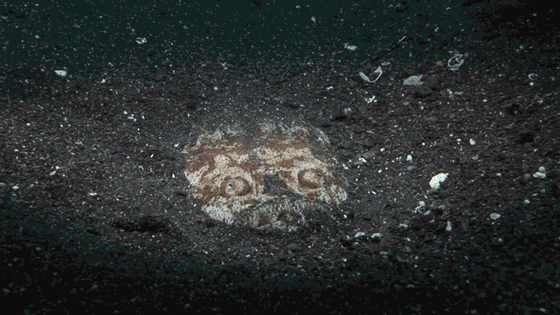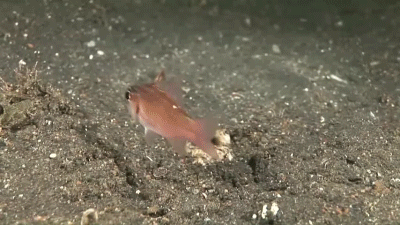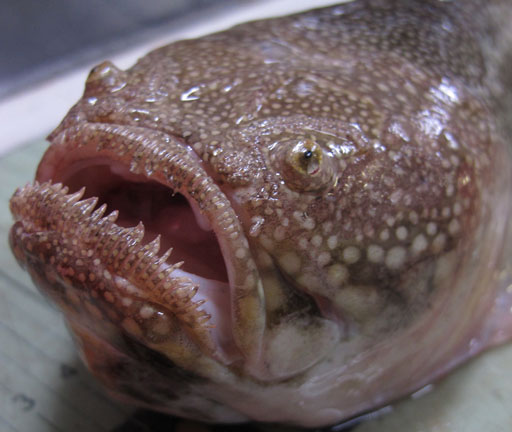
Instantly recognizable by the horrified, woeful expression on their upturned faces, stargazers are among the most fascinating (and frightening) fish in the ocean — capable of vacuuming up, electrocuting and delivering deadly venom to their enemies.
The fish, named for the upward-facing eyes and gaping mouths located strategically at the top of their heads, are not much to look at. But their comical appearance belies a suite of deadly offense and defense strategies that make them surprisingly formidable predators.

Stargazers forgo flash and showiness, choosing to spend most of their lives inconspicuously blending in with the ocean floor. Using their pectoral fins like shovels, they can dig beneath the sand and bury themselves in seconds, leaving only their eyes and mouth visible. There, they lie perfectly still and wait for prey to swim by, before deftly stunning and overpowering their victims at lightning speed.
True ambush predators, the stargazer’s strategy is all about cunning and patience. Some species have a wriggly, worm-shaped piece of flesh inside their mouths that they use to lure curious prey. Once the prey — typically a small fish, crab, or other invertebrate — gets close enough, the stargazer quickly lunges and opens its mouth, creating a powerful vacuum that sucks the unsuspecting creature down into its gaping maw.

They can swallow fish whole — coughing up only scales as evidence of their meals.
What looks like rows of sharp, scary teeth are actually fringes designed to keep sand out of their mouths and nostrils while they lie in wait. (Their actual teeth are tiny since they apparently have no need for chewing.) They also have fringes around their gill covers — an adaptation that helps prevent jets of water flowing out of their gills to disturb the sand around them and blow their cover.

But sneak attacks aren’t their only specialty. The stargazer is pretty good at defense, too. Two large spines on their backs allow the fish to inject venom into potential attackers or a misplaced human hand or foot.
Additionally, stargazers from the genera Astroscopus and Uranoscopus are biolectrogenic, meaning they are capable of producing electricity, like electric eels and just a handful of other fishes. A specialized organ behind their eyes allows them to deliver electronic shocks to predators.
It’s this suite of triple threats that led one scientist to call the stargazer “the meanest thing in creation” in a New York Times article. Some species of marine life may agree, but the danger to people isn’t so clear. At just 50 volts, the shocks probably won’t do much harm to a human, but there have been reports of people dying from the venom.
Our advice? Watch where you step.




